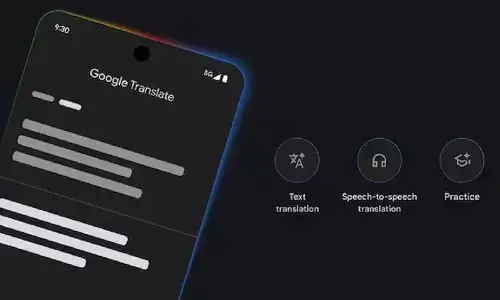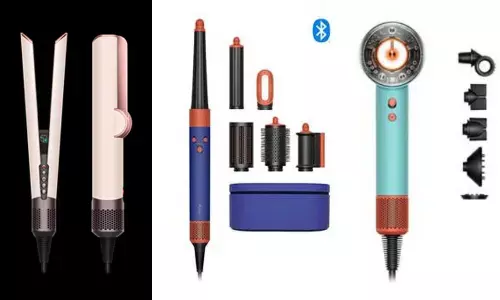IIT K develops new ‘protective layer for microwave metamaterial absorbers’

In today’s fast-changing world, effective technological integration is key. This novel patent is a breakthrough in the field of electromagnetic wave absorption technology. It signifies not only a remarkable technological stride but also a testament to the potential collaborative efforts across disciplines can bring. It holds the promise of making our environments safer, more secure, and less polluted by electromagnetic radiation. It can have a far-reaching impact globally.
Kanpur: Researchers at the Indian Institute of Technology, Kanpur (IITK), have developed a novel “Protective Layer for Microwave Metamaterial Absorbers and Method Thereof,” that has got the Indian patent number 445111.
The breakthrough invention is led by the team of Dr Kajal Chaudhary, Senior Student Research Associate at the Department of Electrical Engineering, Prof. Janakarajan Ramkumar of Department of Mechanical Engineering and other scientists.
This novel invention is poised to transform various sectors, ranging from defence to daily living, by addressing a crucial challenge in electromagnetic wave absorption technology.
In an era of heightened waves and radar-based technologies, the ability to detect objects through reflected waves has become increasingly accurate. However, certain applications - both military and civilian - require concealing the presence of materials.
This led to intense research into microwave metamaterial electromagnetic absorbers, particularly those utilizing transparent conductive films in their design. However, the use of such films, like Indium tin oxide coated polyethylene terephthalate (ITO-PET) sheets, has been hindered by their susceptibility to scratches and subsequent loss of conductivity over time, undermining their performance and lifespan. The new invention addresses these limitations.
Prof. Abhay Karandikar, Director IIT Kanpur said in a release on Wednesday that, “In today’s fast-changing world, effective technological integration is key. This novel patent is a breakthrough in the field of electromagnetic wave absorption technology. It signifies not only a remarkable technological stride but also a testament to the potential collaborative efforts across disciplines can bring. It holds the promise of making our environments safer, more secure, and less polluted by electromagnetic radiation. It can have a far-reaching impact globally.”
This patent introduces a groundbreaking solution for electromagnetic wave absorption. “The current invention is a protectively coated transparent microwave metamaterial absorber that can directly be employed on optical transparent windows for electromagnetic wave absorption. Different countries use RADAR detection technologies at microwave frequency bands for detection of any object by sensing the waves reflected back from them. The continuous electromagnetic radiation in the environment from Wifi, cell phone tower, radar, diagnostic medical equipment, and other electronic/communication systems, are dangerous for health.
The proposed protective transparent sheet is capable of absorbing more than 90% of the incident electromagnetic waves at microwave frequency,” says Prof. Kumar Vaibhav Srivastava, Department of Electrical Engineering, IIT Kanpur.
This innovation has far-reaching implications for a multitude of fields. The newly safeguarded transparent microwave metamaterial absorber can be applied directly to optical transparent windows, making them capable of absorbing over 90 per cent of incident electromagnetic waves at microwave frequencies.



















